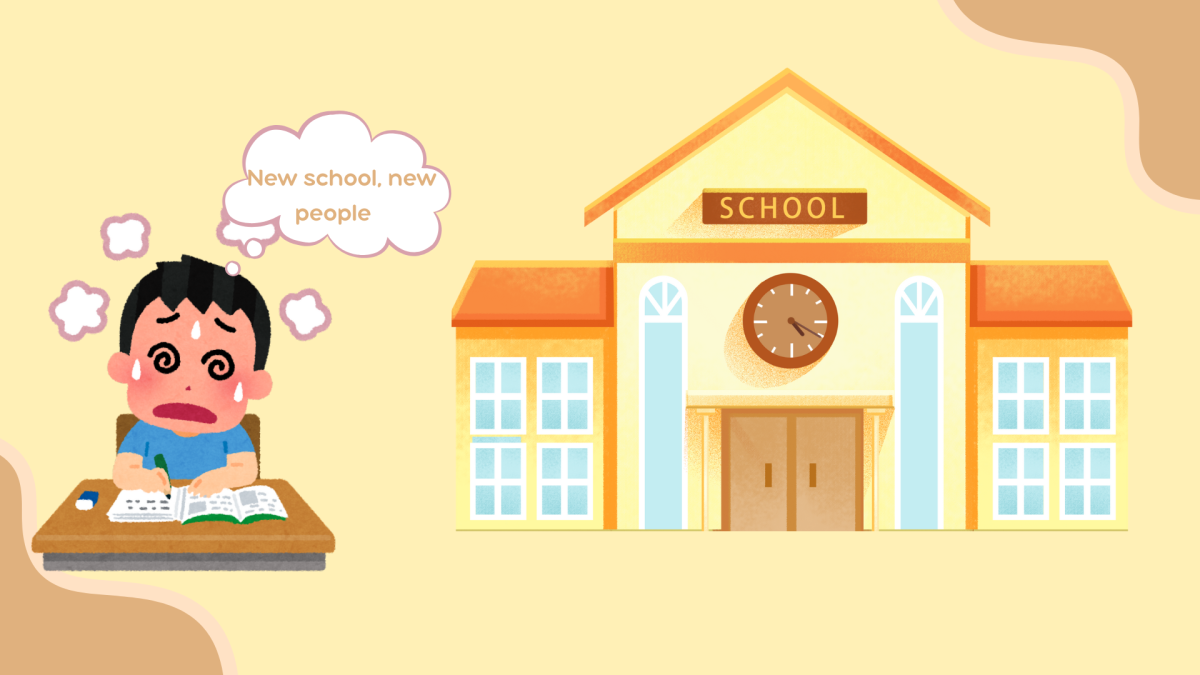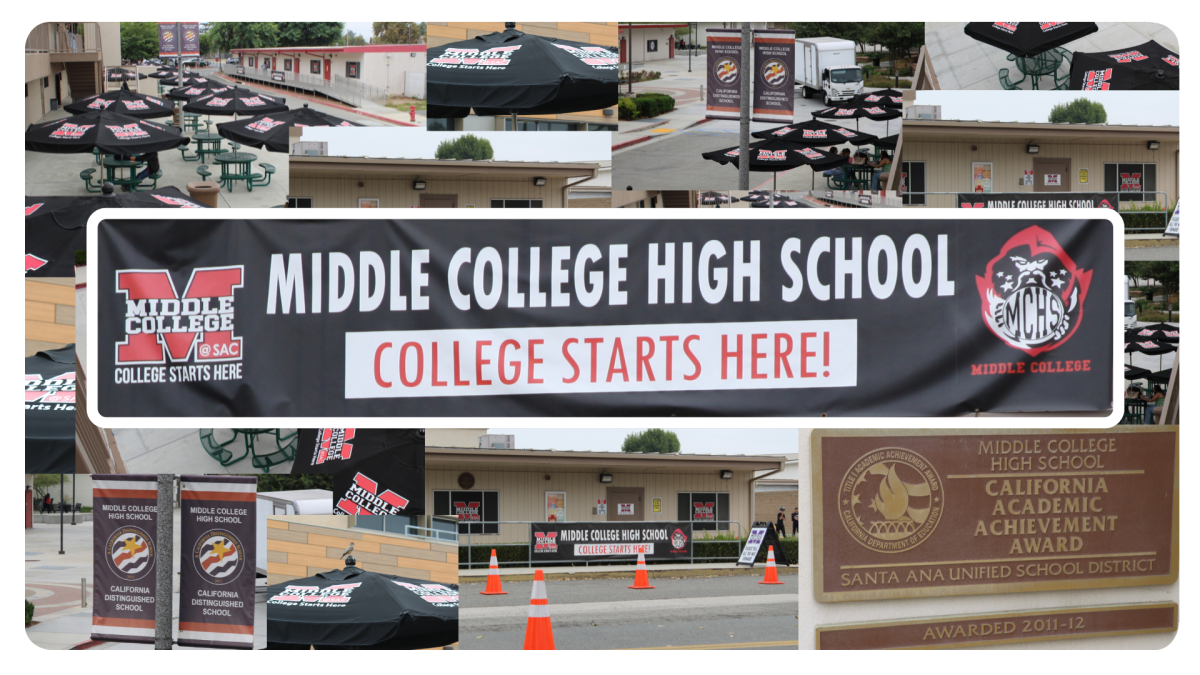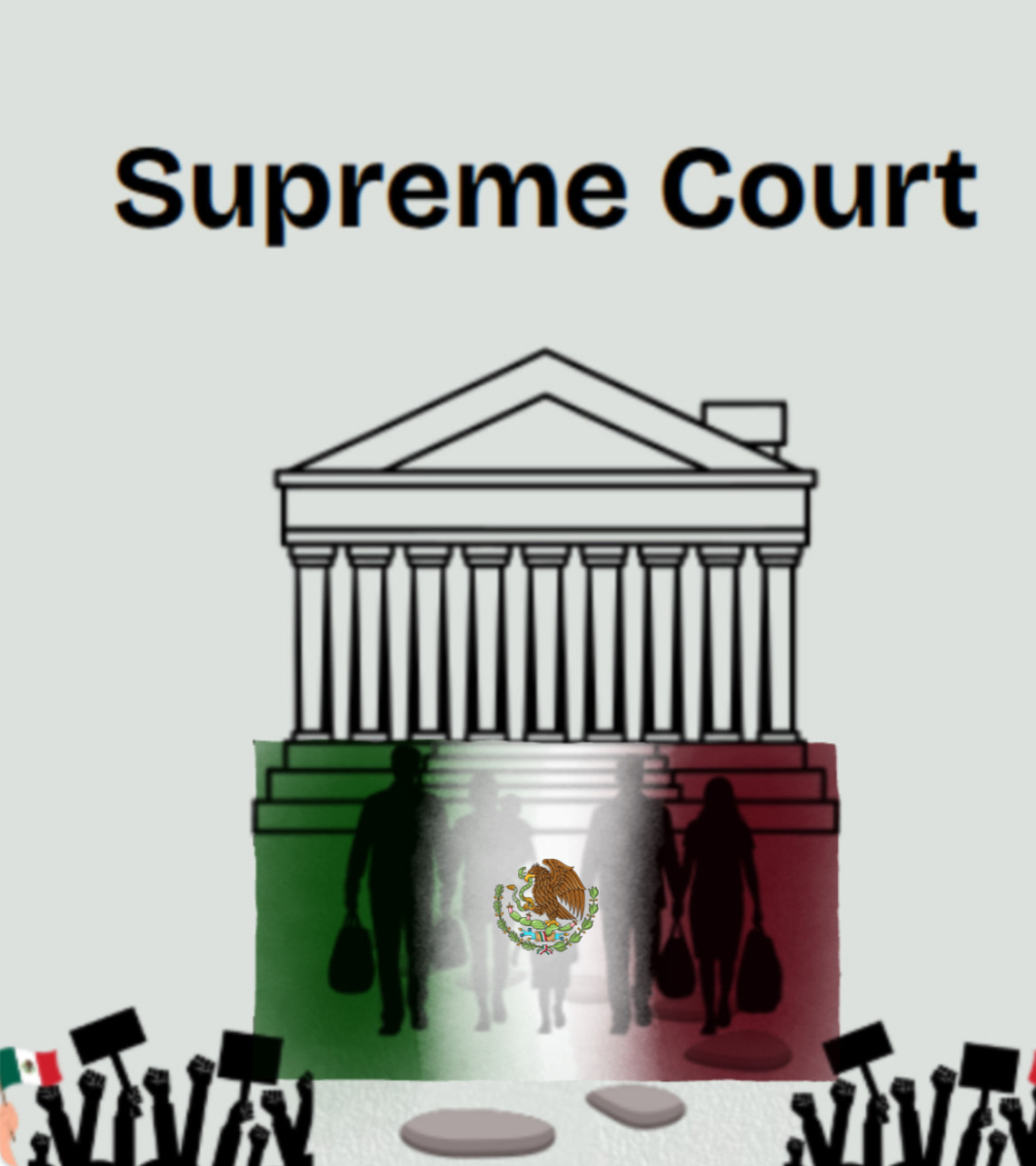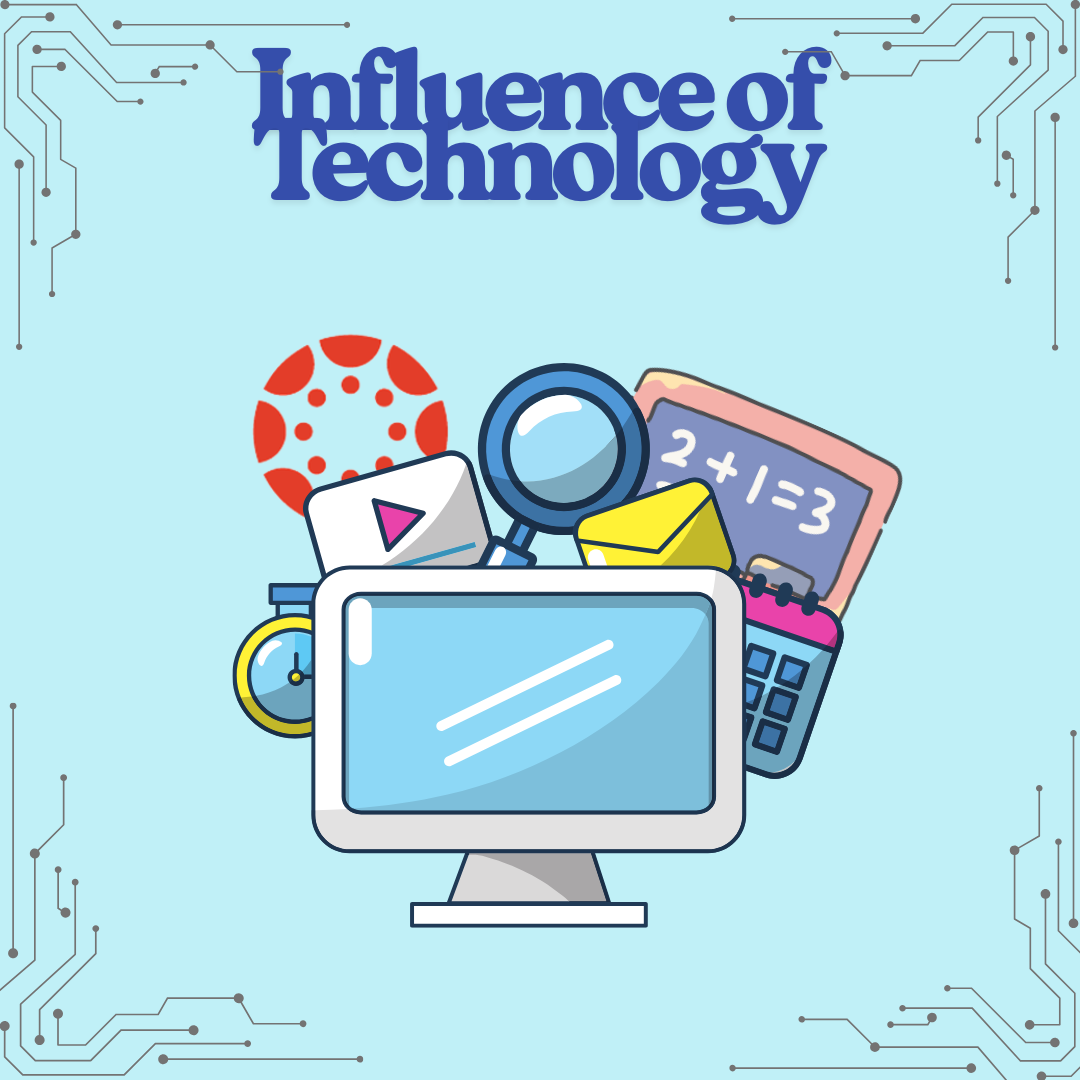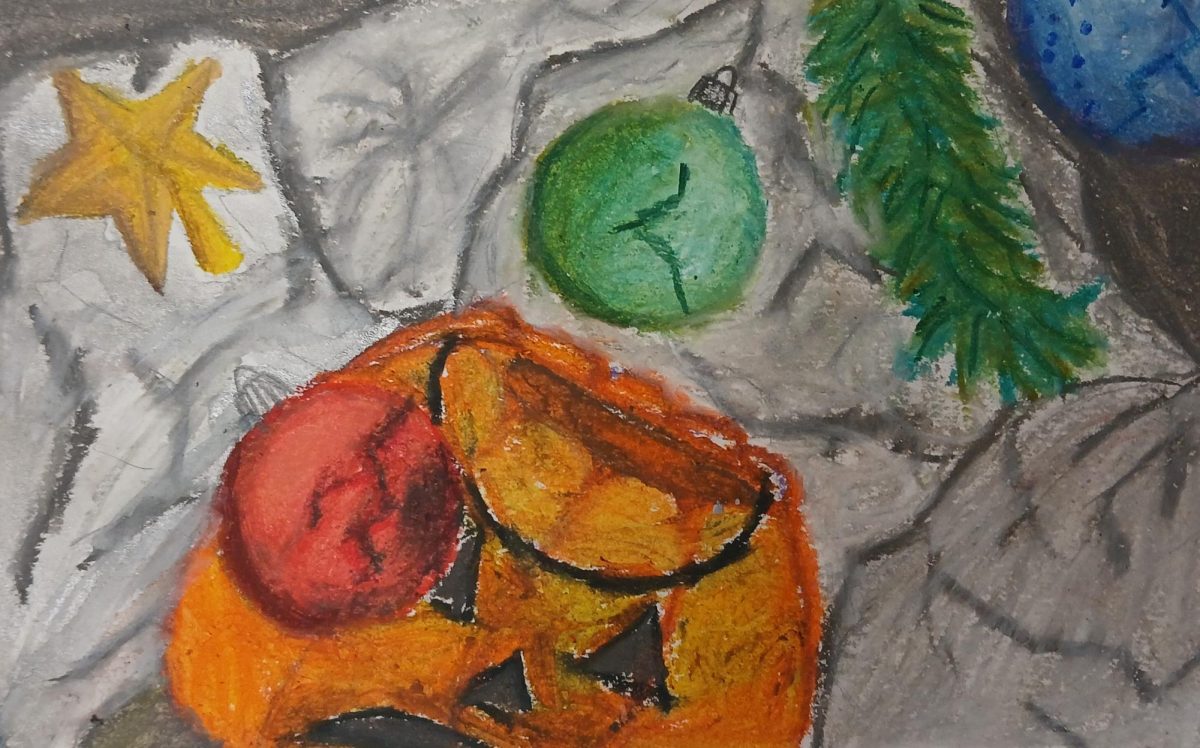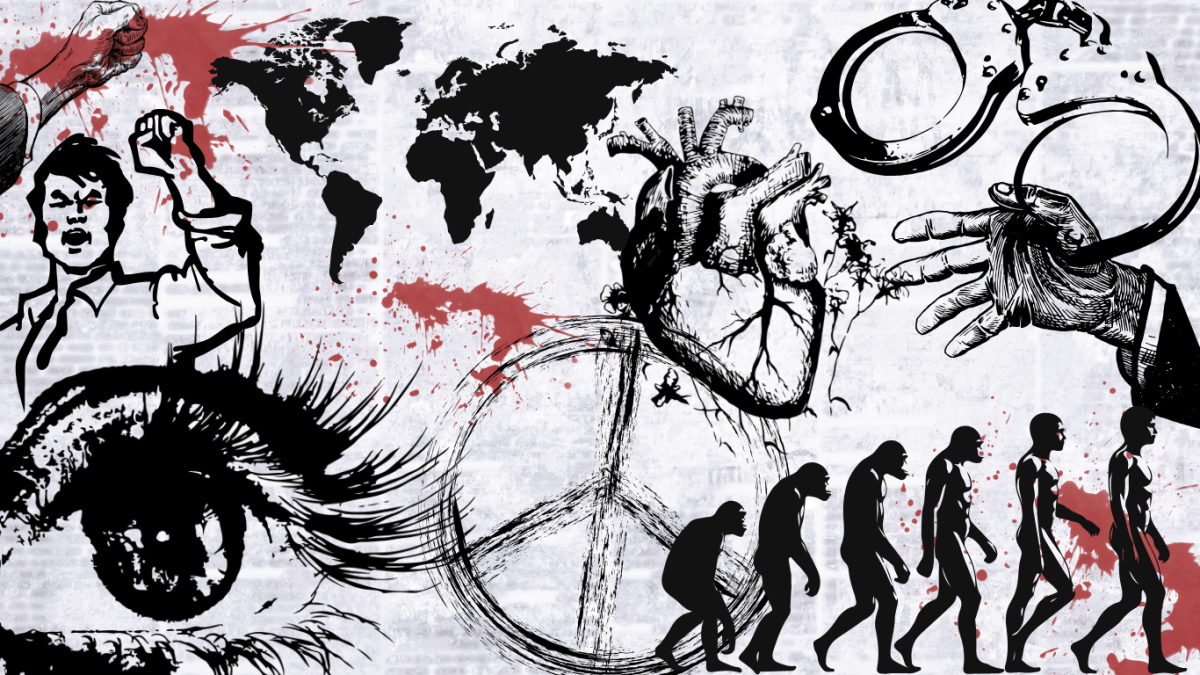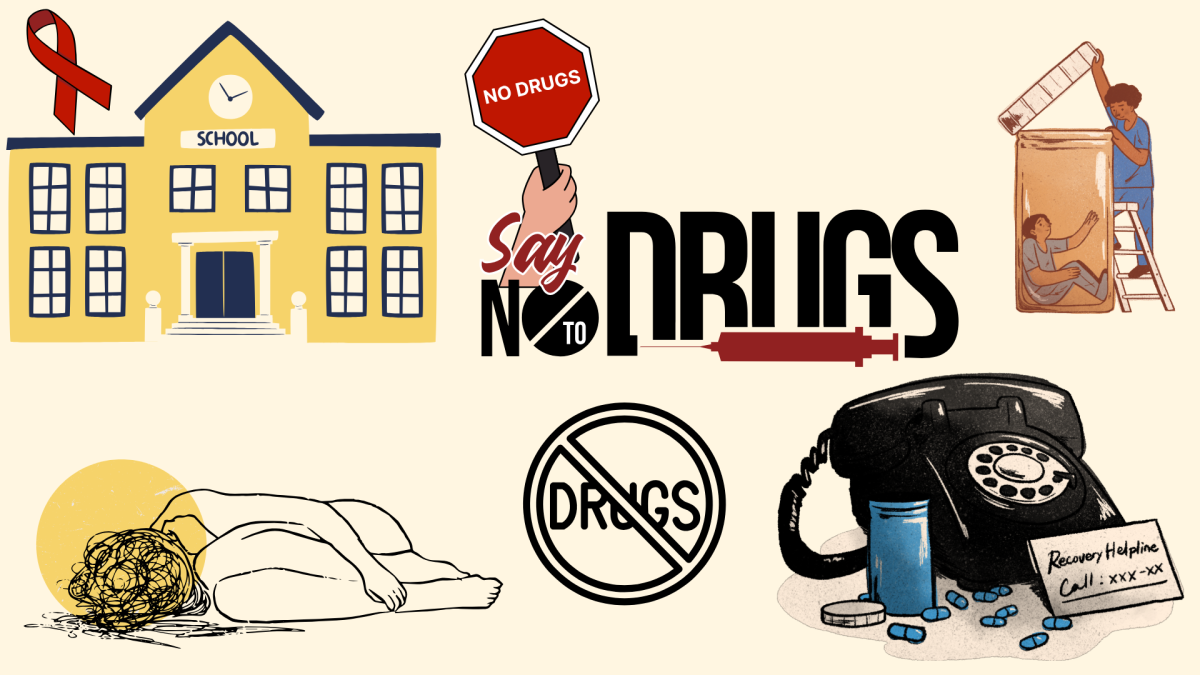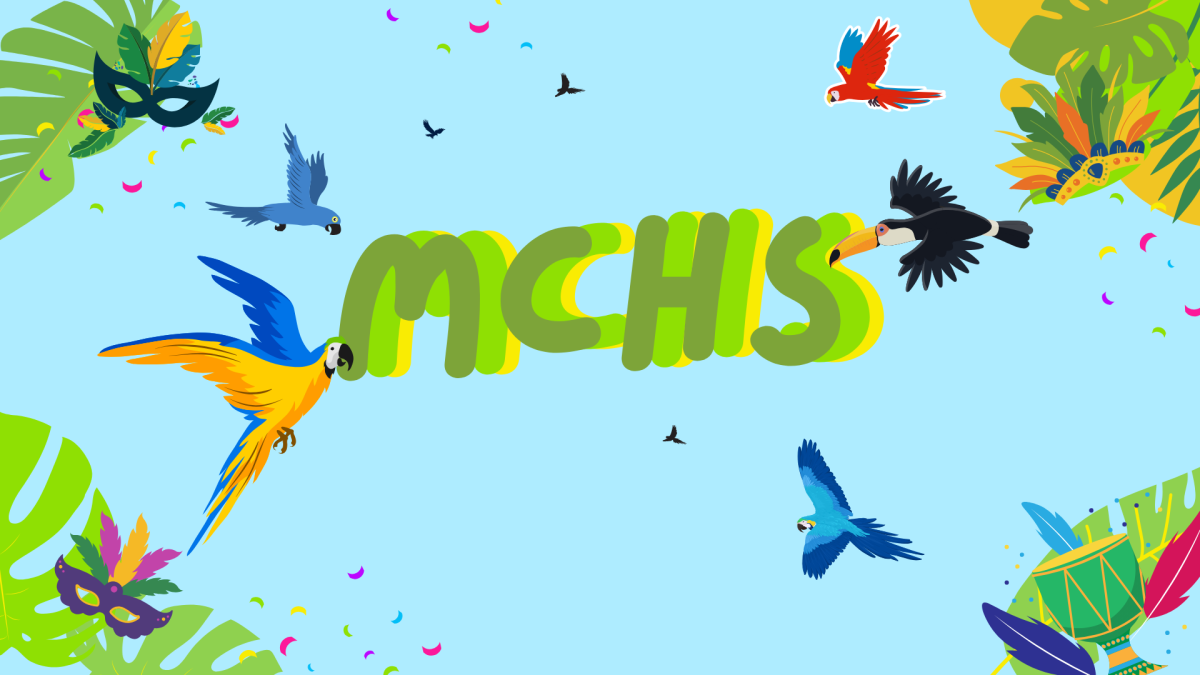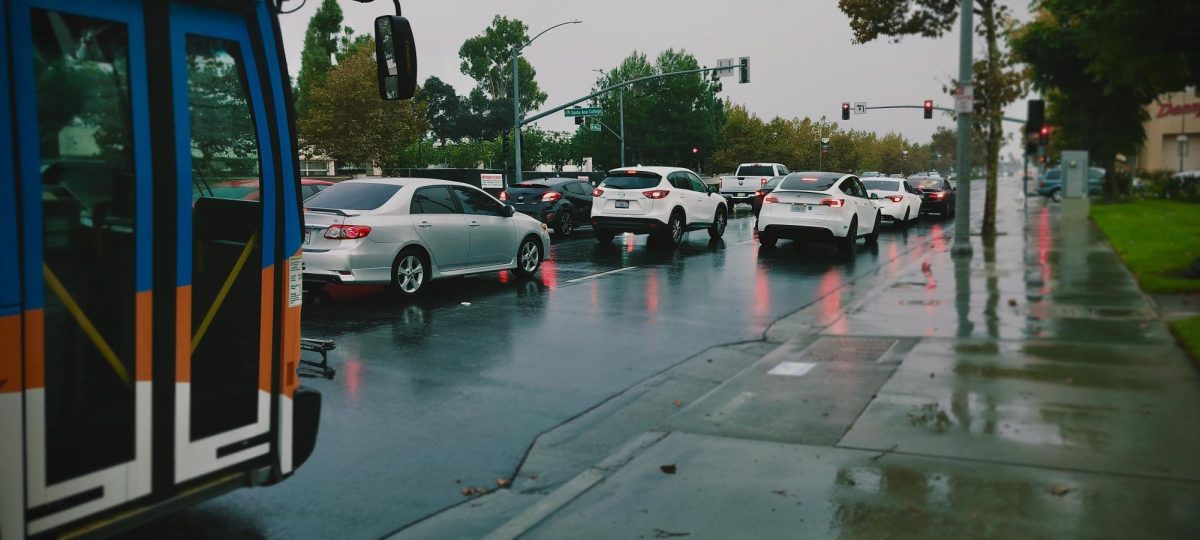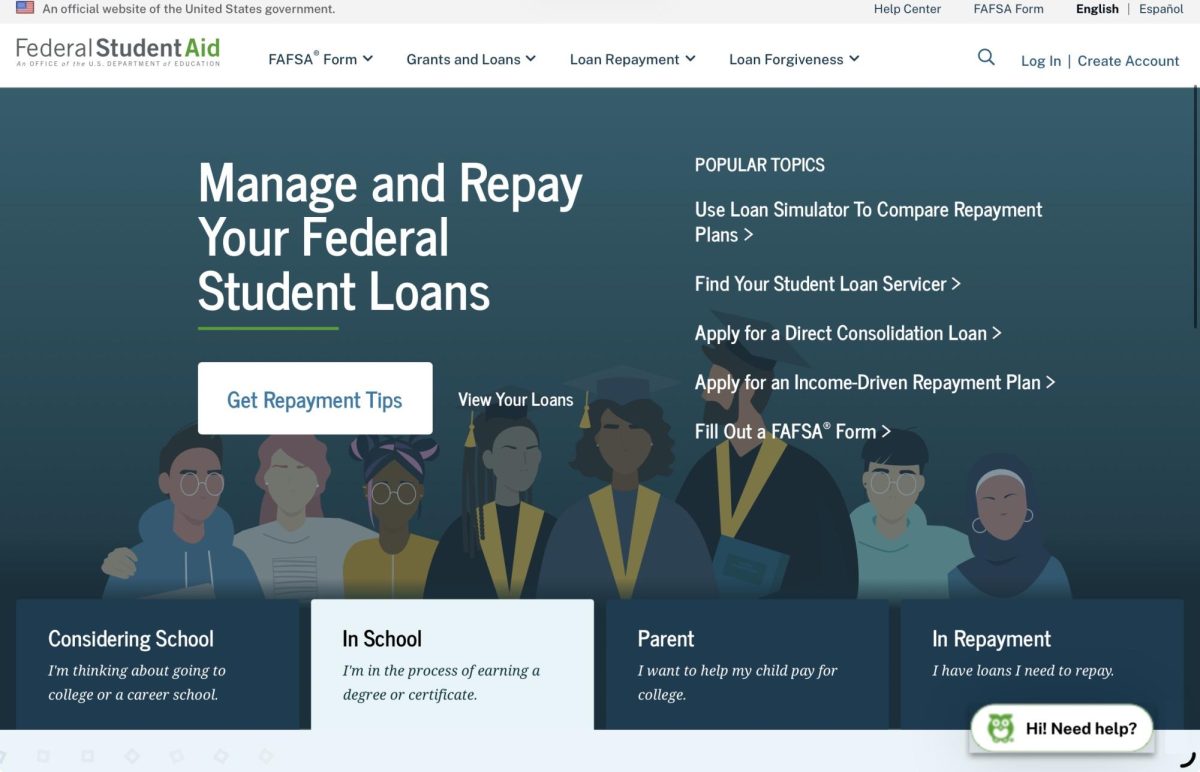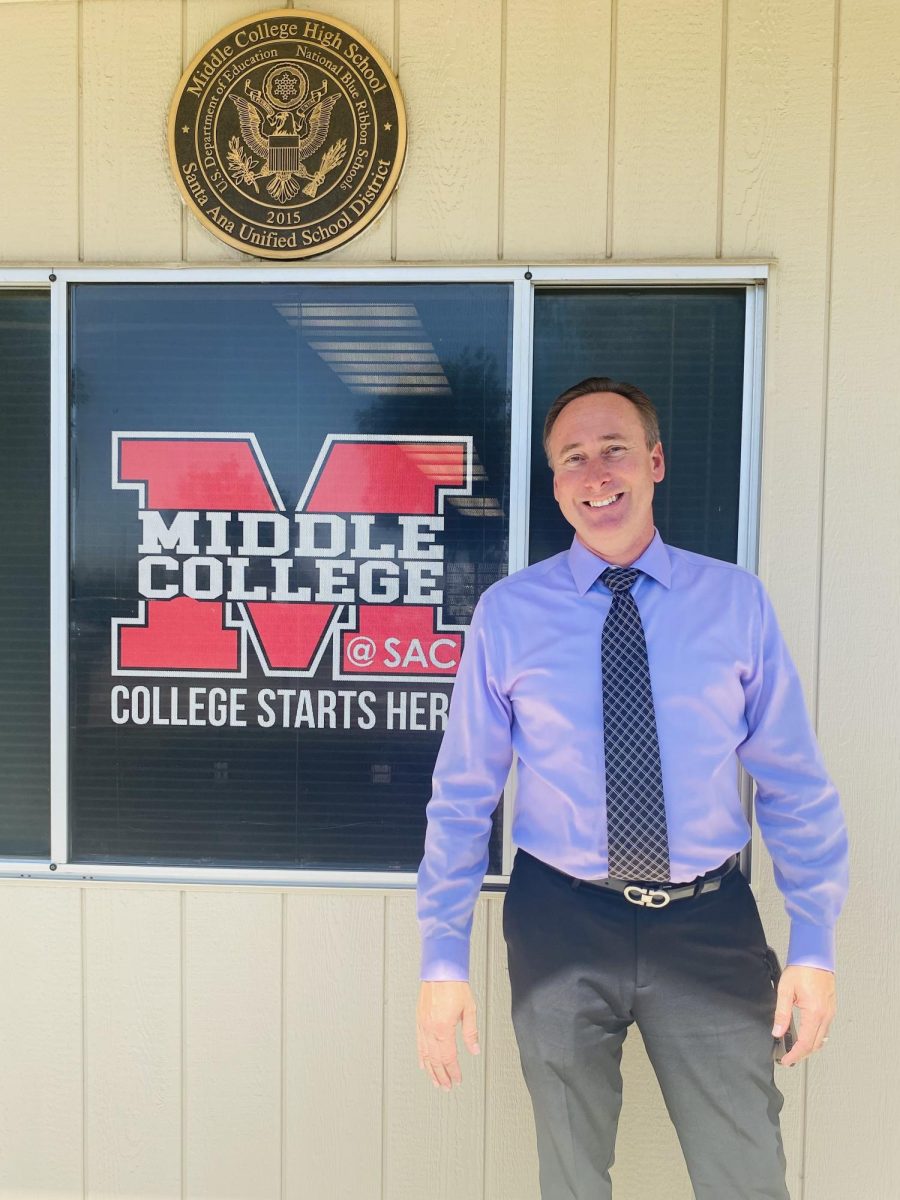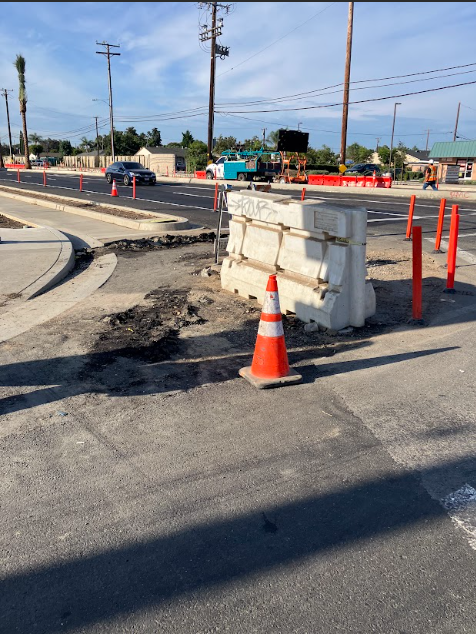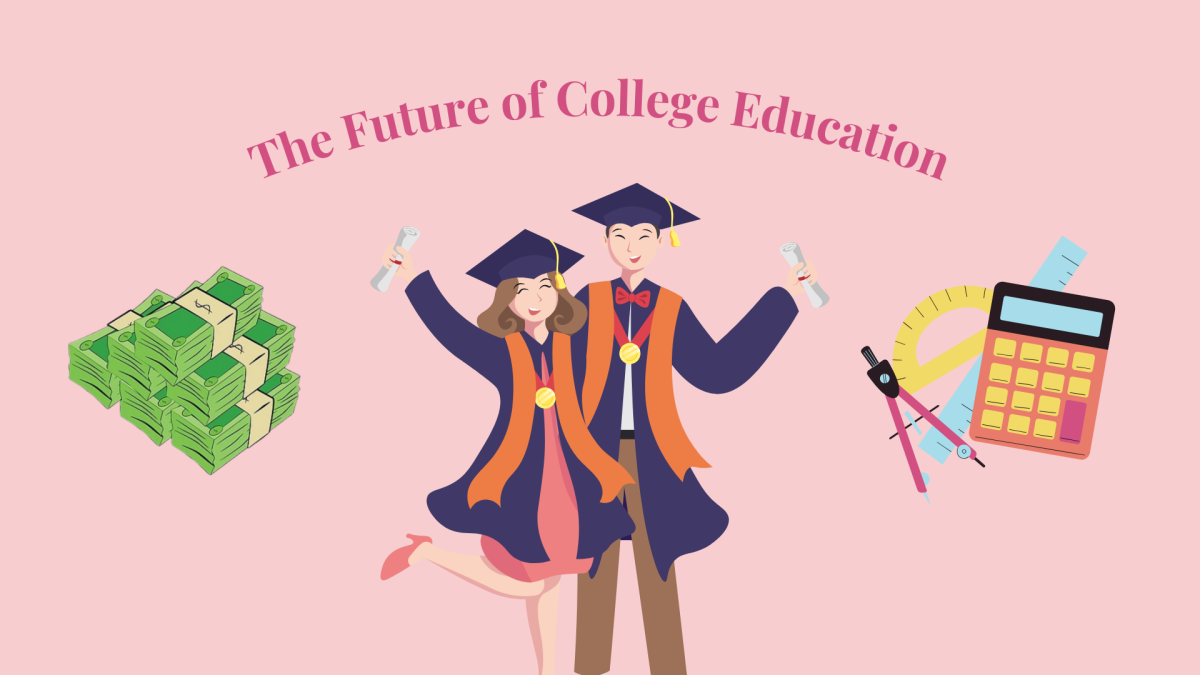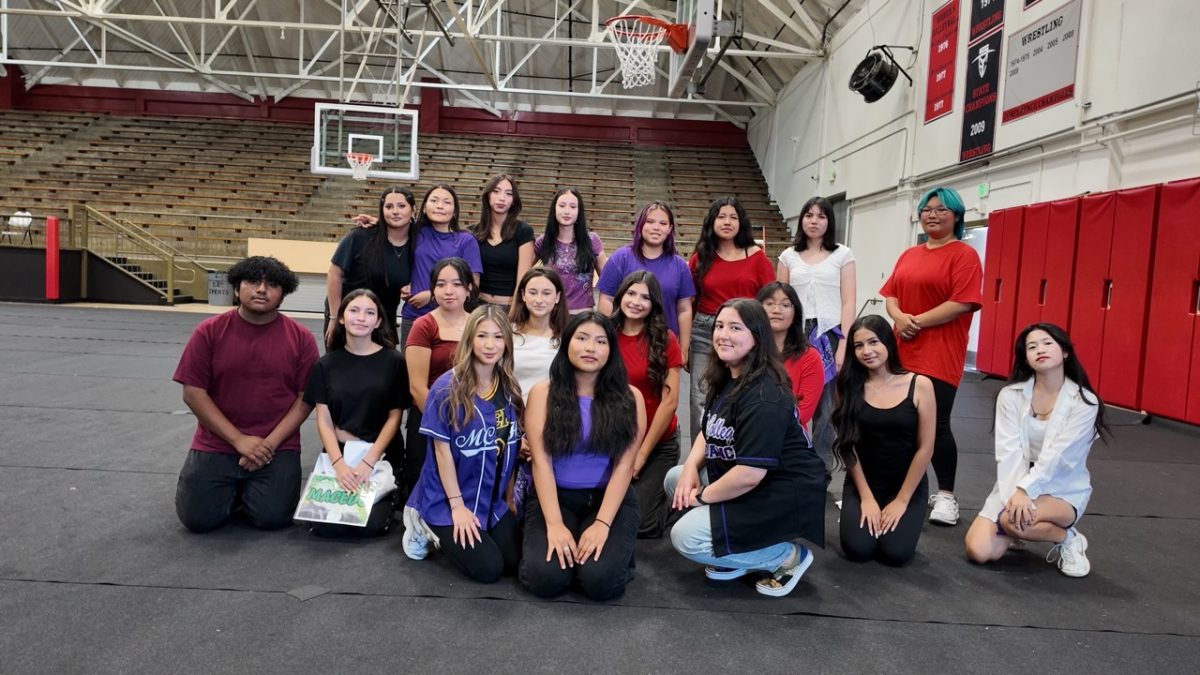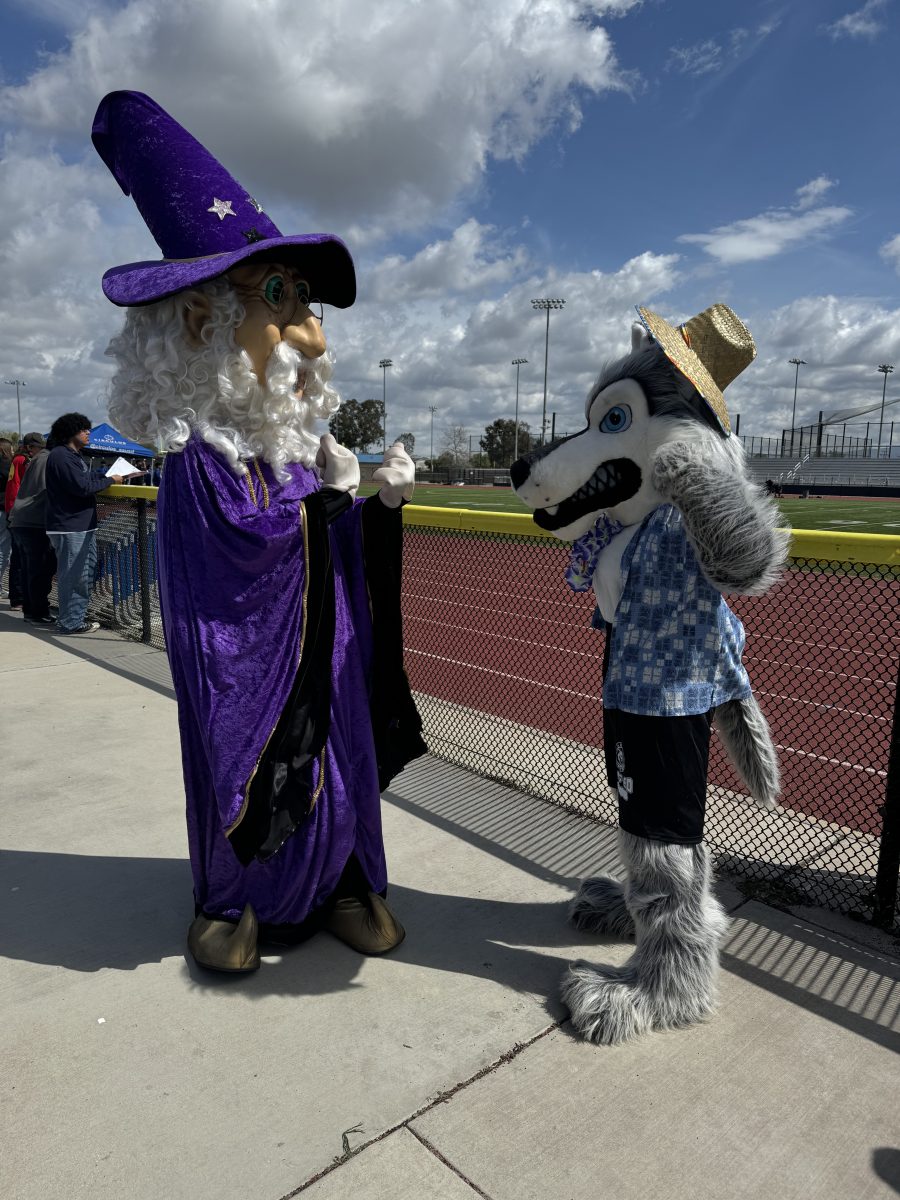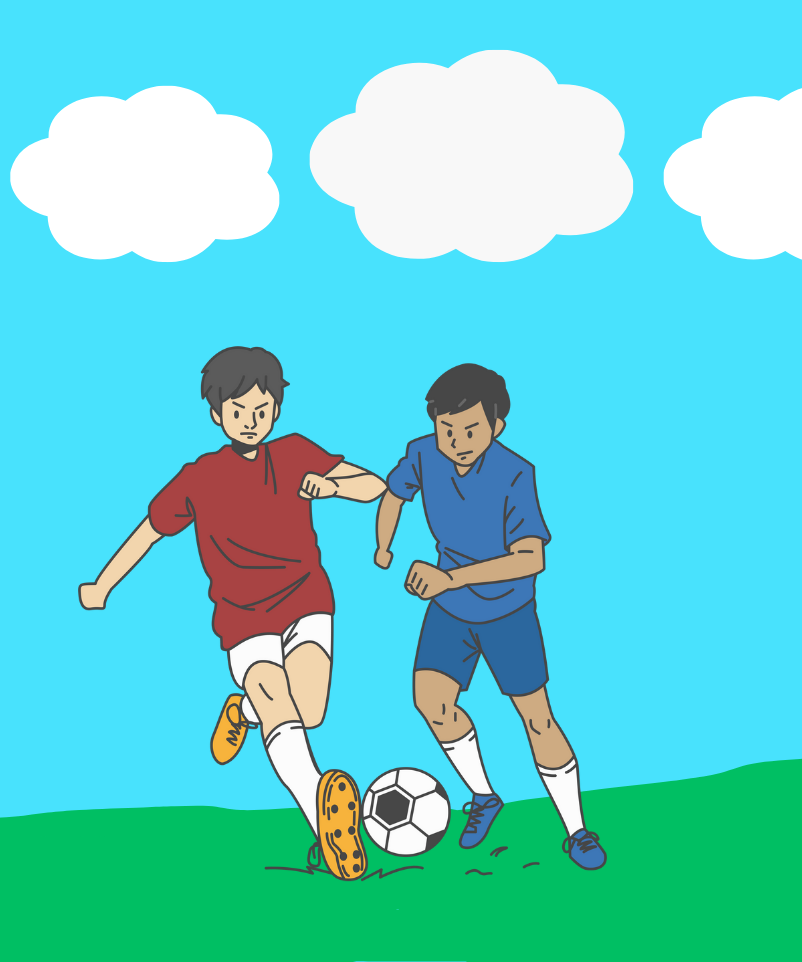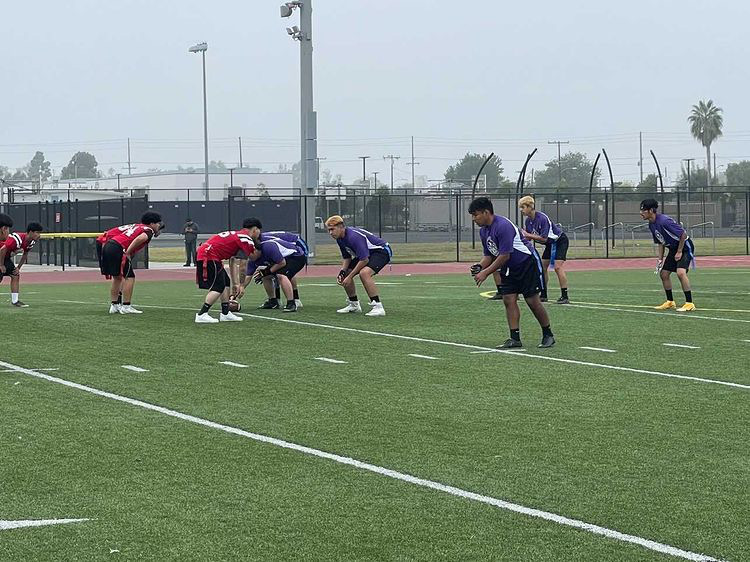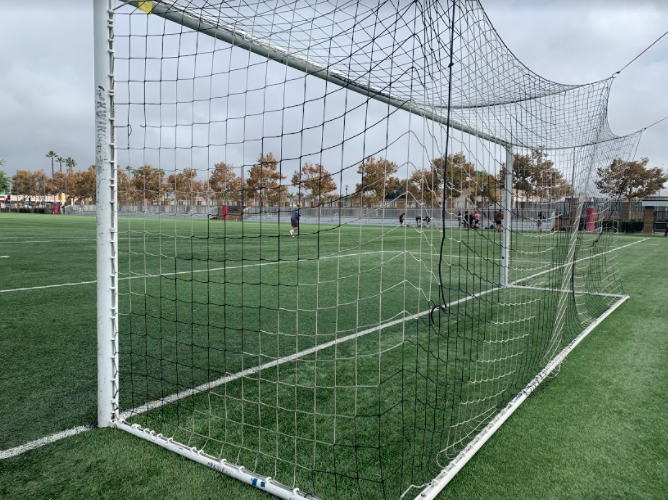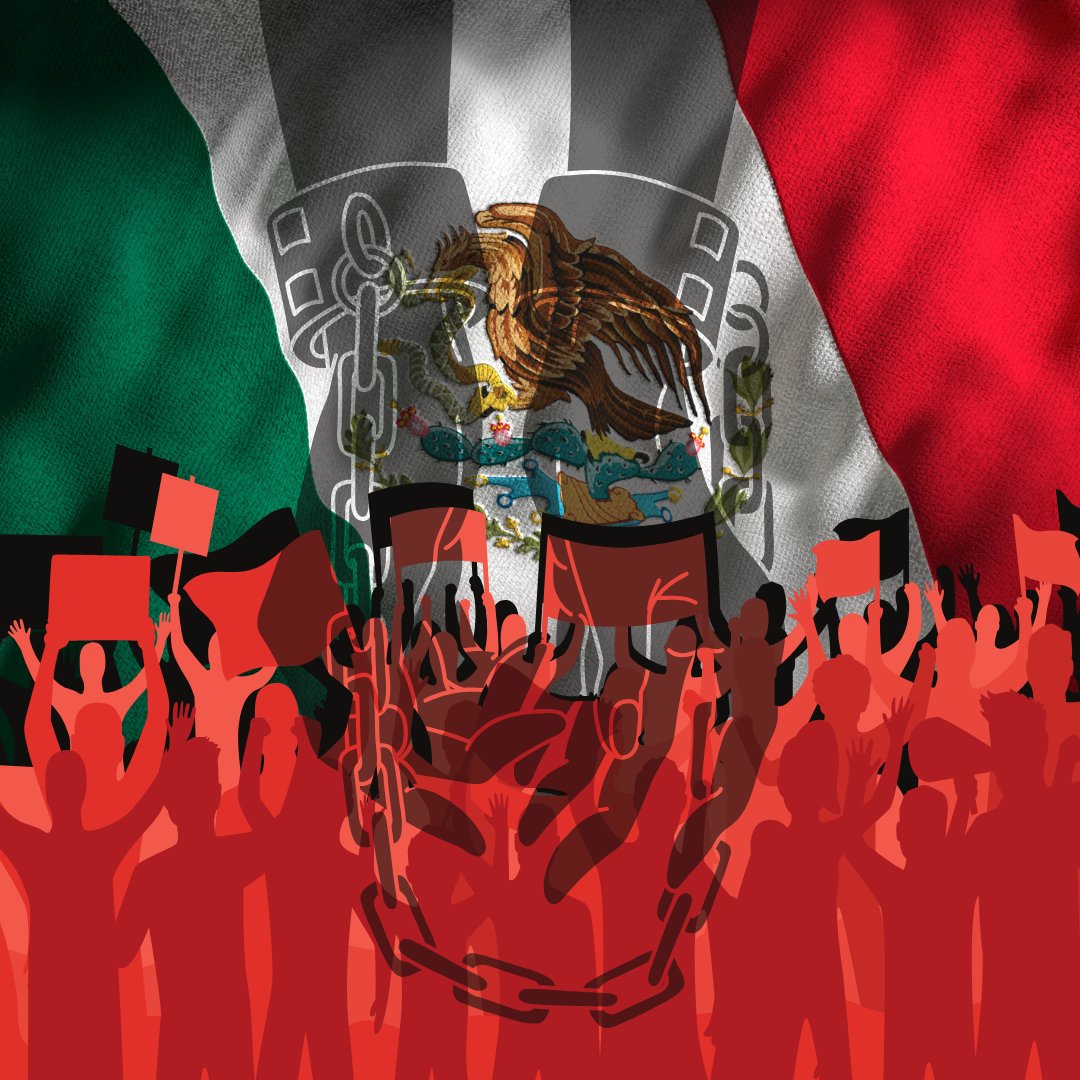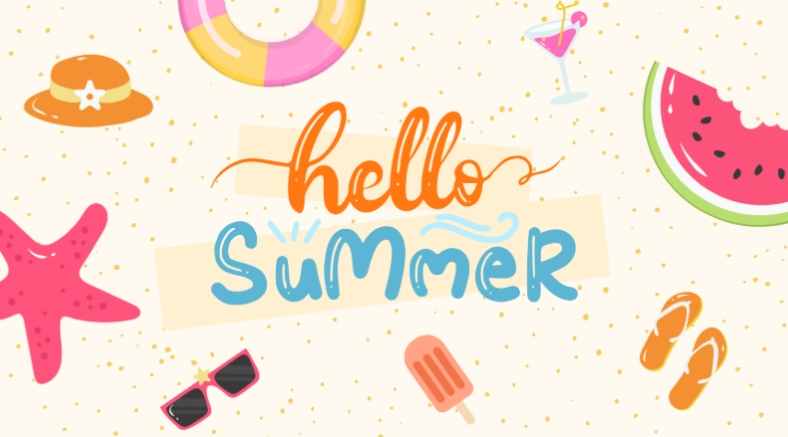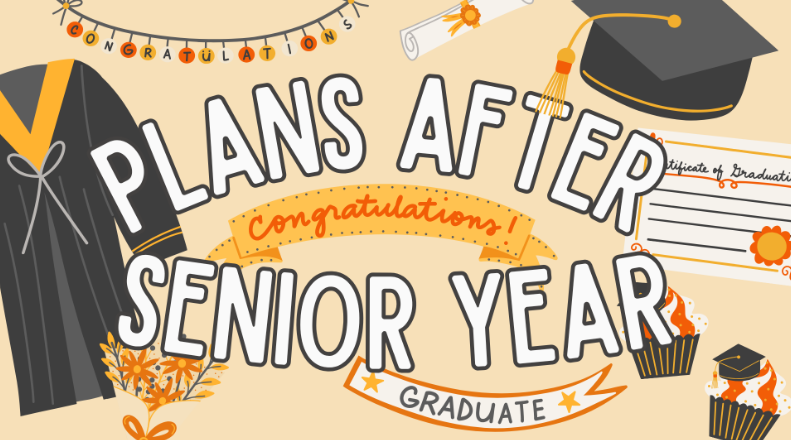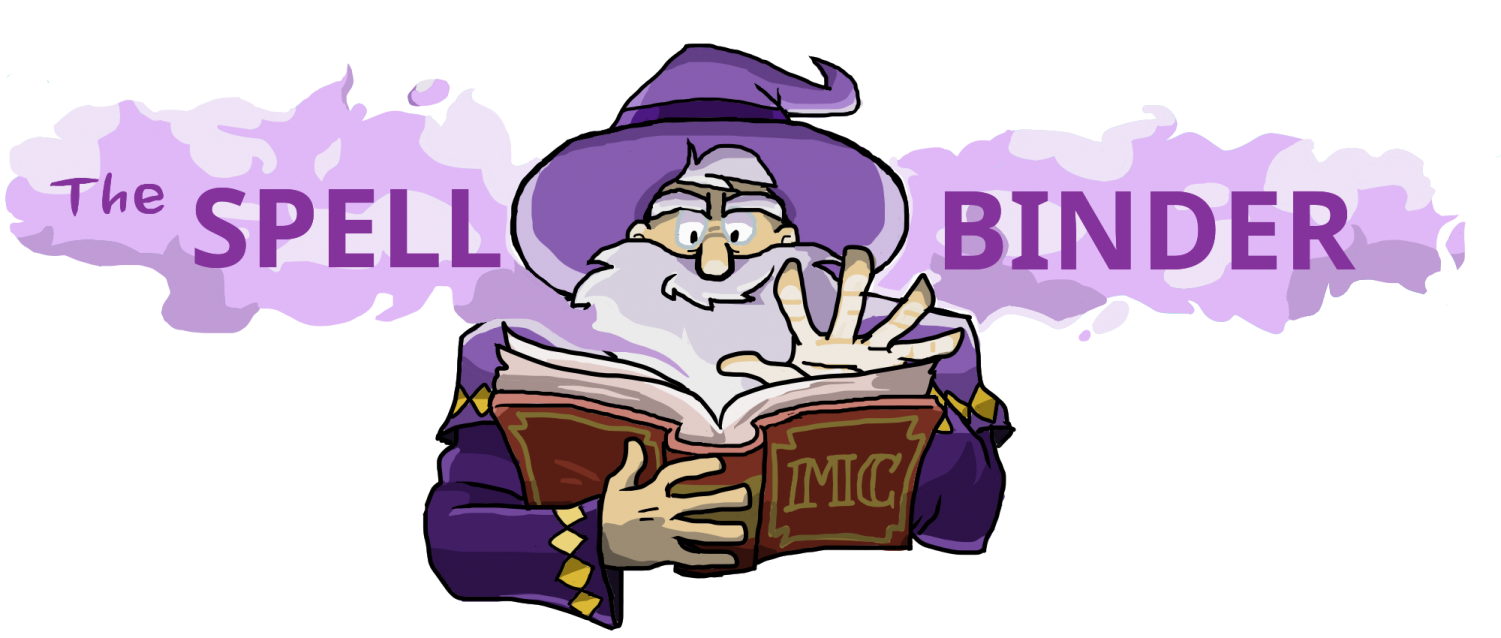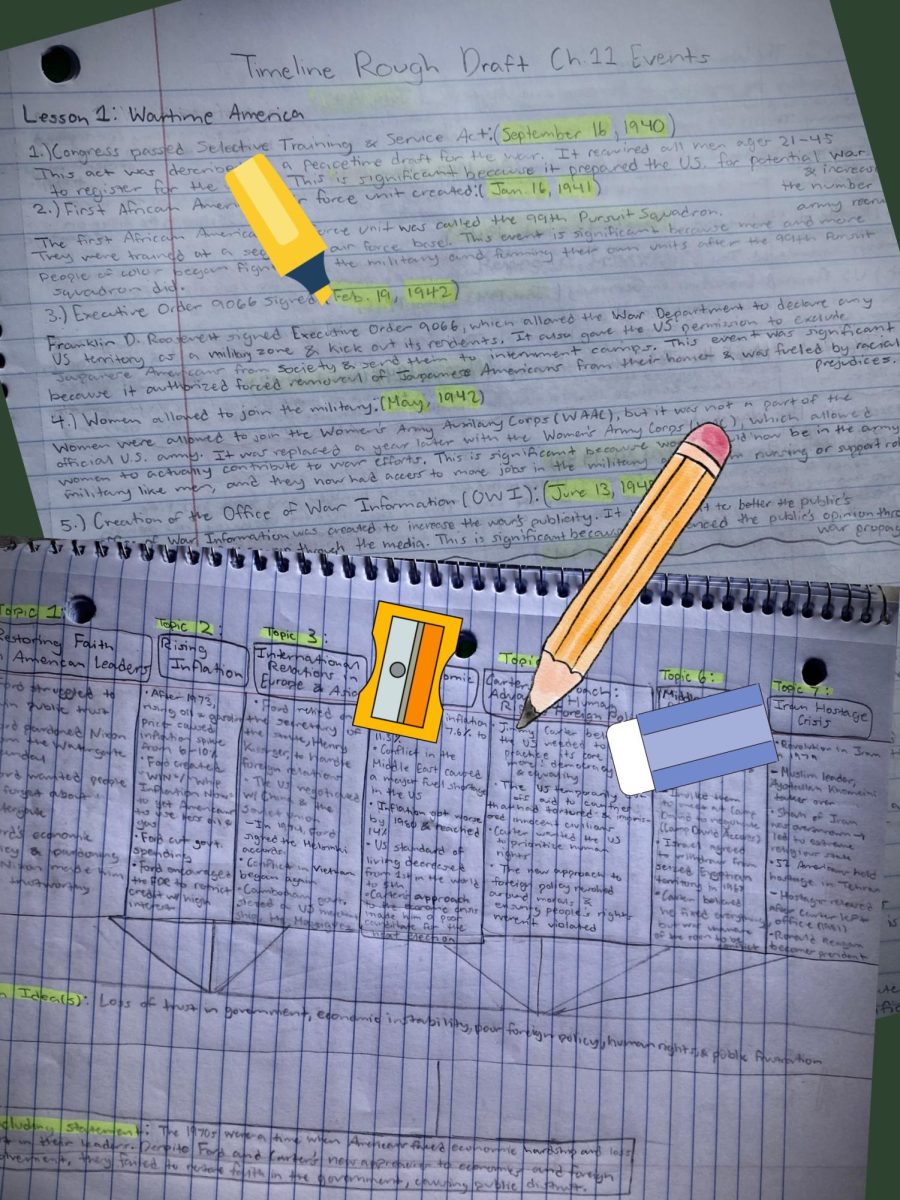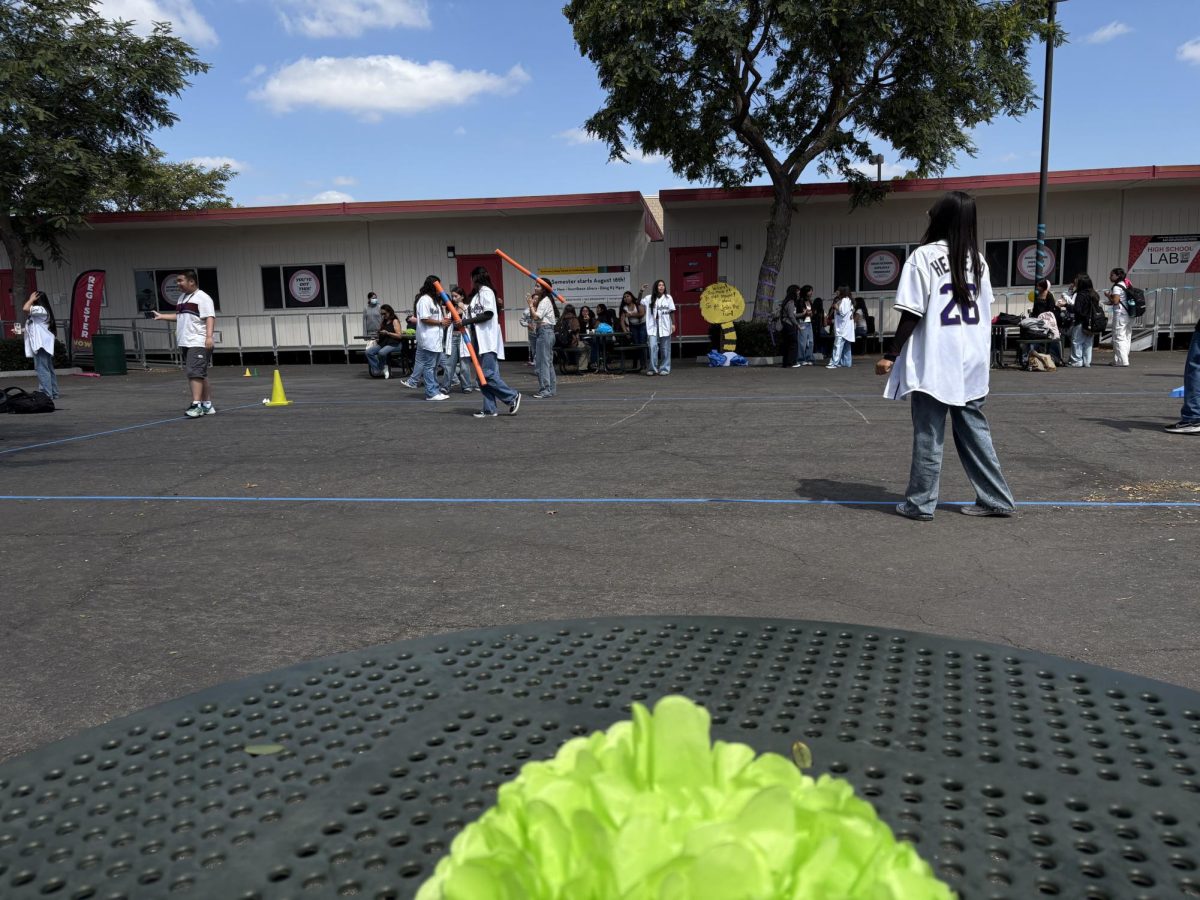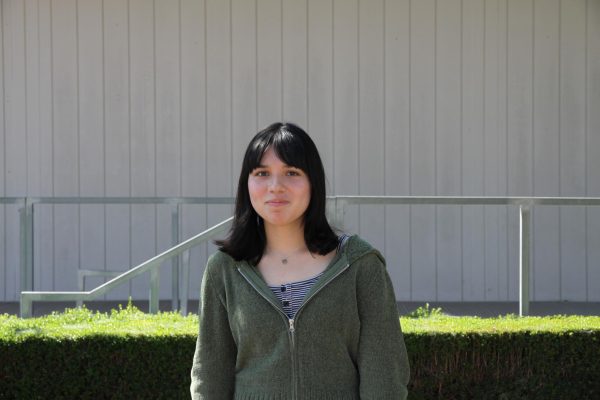It’s 8:30 a.m., and you walk into your first class of the day. You unzip your backpack and take out your laptop to check Canvas and start working on your assignments, but your teacher tells the class to put their computers away and get out a notebook and a pencil instead.
This school year at MCHS, a handful of teachers have taken a more traditional approach to assigning work, most evidently in the sophomore and junior classes. After years of adopting the online format, teachers are becoming less dependent on technology and have begun requiring certain projects and activities to be handwritten again.
At the start of the spring semester, MCHS U.S. history teacher Rafael Ramos switched back to pencil and paper after discovering that some juniors were relying too much on AI to complete their assignments, and it was beginning to reflect in the quality of their work. He explains what the turning point for him was.
“For me, the biggest factor was seeing students rely more and more on AI like ChatGPT and directly copying and pasting the information it gave them. Using AI in and of itself is not a bad thing because it’s supposed to be like a search engine and a tool, but copying and pasting eventually becomes a problem because no thinking goes into that, Ramos said.
Similarly, MCHS’ world history teacher Edward Valenzuela, who teaches the sophomore class, says how he caught too many students cheating last year on homework assignments and during tests, which convinced him to change things up for the incoming students this year. Both Valenzuela and Ramos have been teaching at MCHS for over a decade now, but they saw that cheating and academic dishonesty became too prevalent in their classes and required change.
“Last year, the cheating got so obvious. I caught at least four or five students who would cheat consistently. There’s actually no homework in my class anymore for that reason, aside from the same drawing projects we did last year, so the tests mean a lot more now,” Valenzuela said.
As an attempt to discourage cheating, Valenzuela designed his class so that if a student is caught cheating on a test when they are not supposed to, their grade will be much more impacted.
Due to the increase in academic dishonesty, Ramos was also concerned that students weren’t truly learning anything when they did their work digitally because they could just cheat. He explains how the changes he made to his class benefits students because doing the work on paper now forces them to think more and manage their time better, despite the fact that many continue to use AI.
“The benefit of doing their work on paper is, ultimately, a student has to realize and understand what they turn in has to be their own work. The moment I force students to write things down, they have to manage their time better because writing it by hand takes longer than just copying and pasting. Even if they do copy word for word from the computer, it will still take longer to write down by hand. And if they don’t copy word for word, they still have to think about what they’re going to write and process that information before putting it in their own words,” Ramos said.
Junior Stephanie Camilo talks about her personal experience this semester doing Ramos’ assignments on paper and how it has surprisingly benefited her.
“I actually prefer writing on paper and doing my assignments on paper in general, that way I’m able to understand the content better. Doing things on paper honestly makes things easier for me to process,” Camilo said.
In addition to processing information better, writing things by hand can help improve students’ focus and decrease distractions. Junior Jayke Brito admits that doing his assignments on paper has made it easier for him to focus because there is always that temptation to browse online when you’re doing things digitally.
“I think it’s somewhat easier to focus since there’s less distractions on paper. It’s just the paper and it’s just the assignment. When you’re on the computer, there are lots of websites you can easily access because they’re right there for you to use. It’s like one click and then ‘boom’ – an entire page of information. Especially when unrelated questions pop into your head, you can just ask Google, and it becomes a distraction,” Brito said.
While acknowledging students’ continuous use of AI, Ramos points out how his approach was not meant to stop students from using it entirely but to make them put in more effort.
“My logic is, ‘Okay I can’t stop you from using AI, but at least you’ll have to put some work into using it now,” Ramos said.
Valenzuela has a similar mindset, stating that, “Some people are still using computers; you can’t fight everybody,” Valenzuela said.
MCHS Principal Damon Voight expresses his satisfaction with the teachers’ unique ways of engaging students this year. He explains that teachers have the freedom to assign work in whichever way they find the most effective as long as it aligns with the curriculum.
“My teachers have a fair amount of autonomy to teach their subject in whatever way they think is best. If they think students will learn best by assigning work on paper, then I’m completely for it. Because in the end, the students are always able to showcase that knowledge in their amazing performance on our different tests and assessments like the SBAC and the PSAT,” Voight said.
Valenzuela shares a positive take on this new approach to assignments, explaining the peace of mind this new system can bring to teachers.
“If teachers go back to paper and pencil, it will probably even reduce the stress placed on themselves. They won’t have to go back and forth with students debating whether they did the assignment or not because it’s all there on their paper,” Valenzuela said.
In the end, teachers have the liberty to choose how they run their classrooms, but a large part of their decision is reflective of the students’ efforts in their class and whether or not they decide to complete their assignments ethically without committing academic dishonesty.

